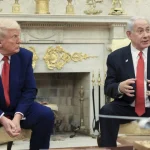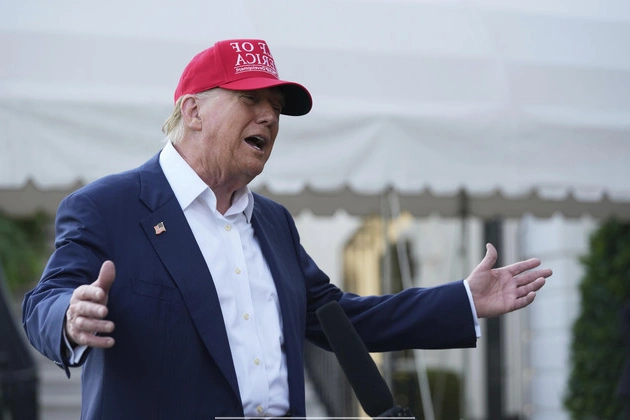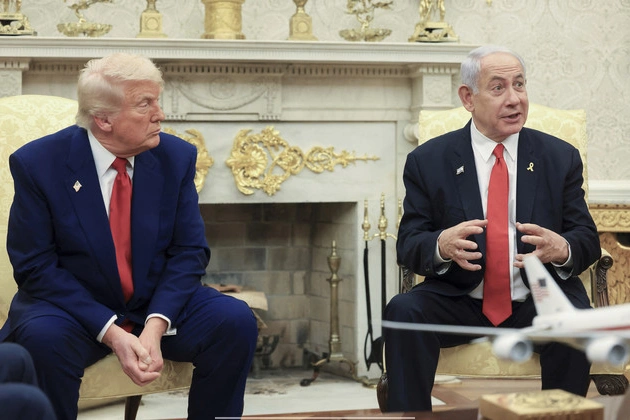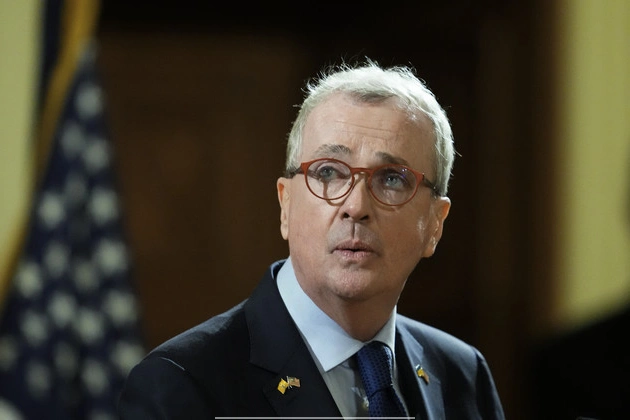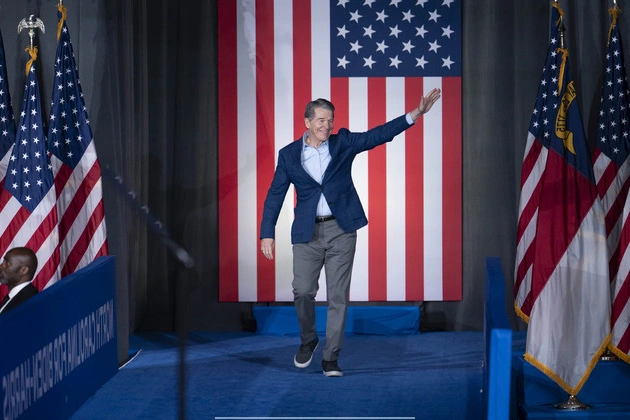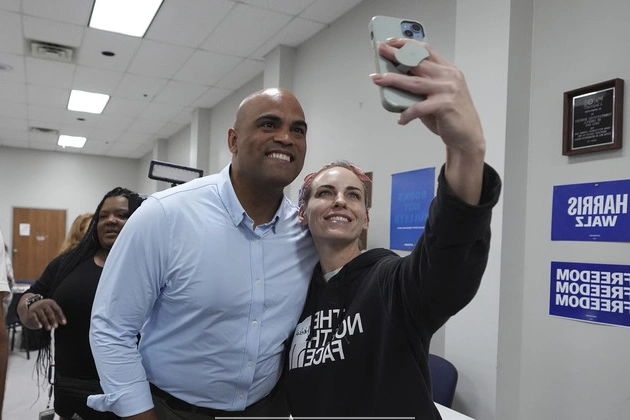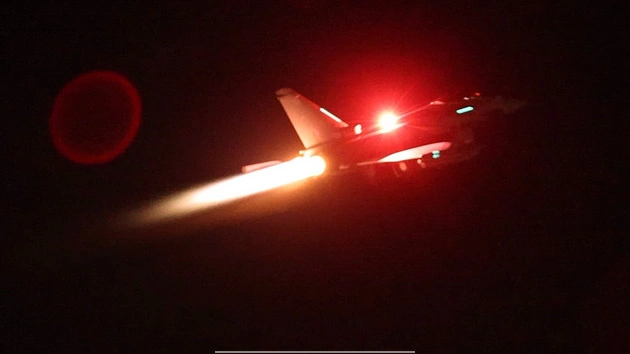
The recent US strikes on the Iran-backed Houthis in Yemen have raised concerns about the risk of a wider and longer conflict. Despite assurances from Pentagon officials that it won’t turn into an endless war, the situation is becoming increasingly complex.
Challenges and Complications
The Trump administration’s commitment to targeting Houthi fighters until they cease their attacks on Red Sea shipping has encountered various obstacles. Limited precision weapons stockpiles, a broader regional crisis, and a defiant terror group all contribute to the complexity of the situation.
American military actions have intensified, with over 30 targets hit in Yemen, focusing on Houthi leaders and missile storage facilities. President Donald Trump has emphasized the overwhelming nature of the effort, vowing to continue until objectives are met.
Escalating Tensions
The Houthis have weathered multiple air and missile strikes by the Biden administration, showcasing their resilience. The current administration aims for a different approach, but challenges persist due to escalating tensions in the Middle East.
Recent developments, including heightened hostilities between Israel and Hamas, add another layer of complexity to the situation. The potential for renewed fighting underscores the volatile nature of the region.
Military Strategy Shifts
Compared to previous campaigns, the current approach against the Houthis is distinct in scale and intensity. While past efforts involved multinational coordination, the current campaign is a primarily US-led initiative.
Defense Secretary Pete Hegseth’s discussions with Qatari officials highlight the US commitment to eliminating the Houthi threat and ensuring freedom of navigation.
Logistical Challenges
The sustained military campaign poses challenges for US weapons supply, already strained by various global commitments. The cost and availability of missiles, particularly in light of previous engagements, raise concerns about sustainability.
Officials emphasize that the current offensive is not about regime change but acknowledge the potential for significant impact. The broader and deeper targets selected indicate a shift in approach compared to previous administrations.
Future Prospects
The evolving situation in Yemen necessitates a careful balance between military action and strategic objectives. While there are risks involved, inaction may pose a greater threat to regional stability.
The delegation of decision-making authority to regional commanders signals a departure from previous protocols, potentially influencing the duration and intensity of the conflict.
External Factors
The extent of Iran’s influence over the Houthis and its role in the conflict remain critical factors. The interplay between regional dynamics and external actors will shape the trajectory of the conflict.
As the situation continues to evolve, the US faces a complex and challenging landscape in its efforts to address the Houthi threat effectively.
For further insights into the evolving conflict and political dynamics, refer to reputable sources for additional analysis.

